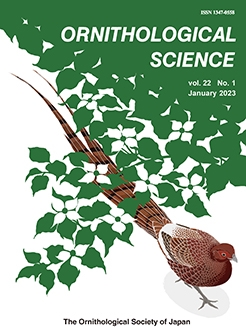The White-browed Guan Penelope jacucaca is an endangered member of the family Cracidae endemic to the Caatinga region of northeast Brazil. Hunting and habitat loss are the presumed major threats to the species, however, their impacts on its occurrence have been insufficiently tested. We used field observations and information on hunting activity to assess whether hunting, landscape and/or climate affect the occurrence of the White-browed Guan in the Caatinga. We sampled 23 localities within the Caatinga and recorded the species' occurrence and hunting encounters. For each locality, we extracted three landscape metrics (vegetation cover, patch aggregation, and patch richness); two climate variables (temperature seasonality and mean precipitation of the wettest month); and one topographic variable (mean slope). We then used generalized linear models based on proportion to determine if the species' occurrence was related to these environmental factors. We found a greater likelihood of detecting the species in localities with greater slope, greater heterogeneity of habitats and more stable temperatures, whereas hunting activity presented a trend of negative impact on occurrence. Our results emphasize the relevance of using different environmental metrics to implement conservation programs for this threatened species.
How to translate text using browser tools
26 January 2023
Effects of Landscape, Climate and Hunting on the Occurrence of White-Browed Guan Penelope jacucaca in Central-North Caatinga, Brazil
Gabriel Massaccesi De La Torre,
Nicholas Kaminski,
Jean Junior Barcik,
Jullio Marques,
Patricia Avello Nicola,
Luiz Cezar M. Pereira
ACCESS THE FULL ARTICLE

Ornithological Science
Vol. 22 • No. 1
January 2023
Vol. 22 • No. 1
January 2023
Cracidae
ecology
game birds
habitat heterogeneity
Neotropical Region




